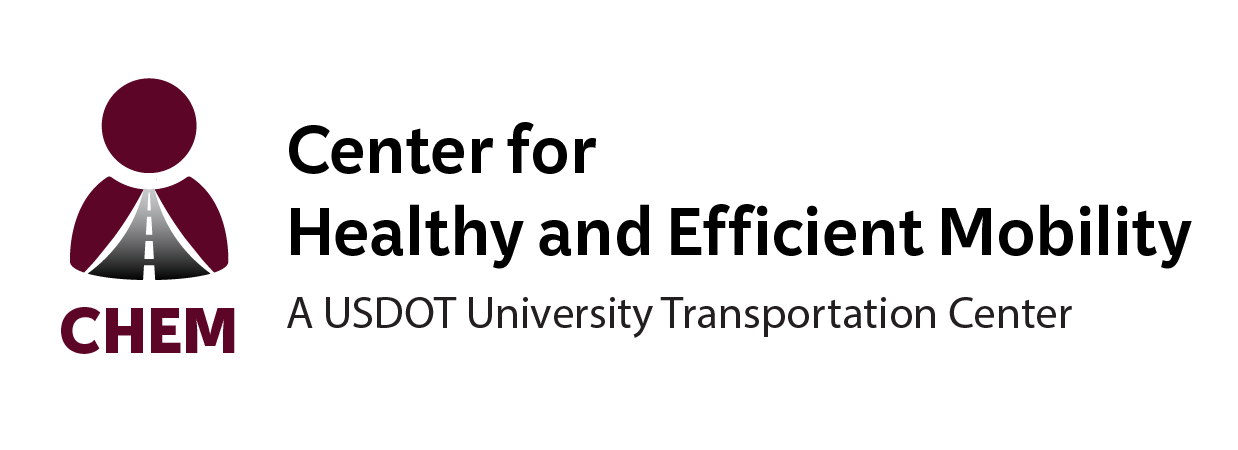Public transportation systems provide users with an affordable and more fuel- and energy-efficient travel option. Encouraging public transit ridership can reduce traffic congestion while conserving energy and producing less traffic-related air pollution.1 Public transit is also beneficial for specific populations, such as lower-income individuals or young adults who cannot afford a personal vehicle, as well as older adults and disabled individuals who may be unable to drive themselves.
Additionally, public transportation systems facilitate compact land use which reduces driving distances, encourages biking and walking, and can result in fewer vehicle emissions.2 Higher density development (including transit-oriented development) allows for less land to be reserved for parking and travel by increasing housing opportunities and improving access to health care grocery stores, education, and other services.
How it Helps
Implementing
Investment:
Adequate investment and supportive planning is one of the main methods to expand public transportation infrastructure.6 To do so, many cities will have to alter their car-centered approach within the built environment to an approach that prioritizes public and active transit. Urban planners and transportation experts will have to identify key stakeholders and convince them that expanding public transportation coverage is financially beneficial, as well as positive for the environment and public health. Local governments should also ensure that there is a steady revenue to support public transit operations. This can be done by implementing easy-to-use payment systems for riders.
Design and Accessibility:
Existing public transportation networks should be designed to cover a wide geographic area to reach nearly all populations and be located in areas that people frequent often. Bus stops should also be connected to bicycling and walking infrastructure so that users can easily access public transit. First and last mile connectivity and ADA accessibility will be important considerations in the placement of public transit stations.
Additionally, passenger loading zones should be considered when implementing this strategy. These loading zones will provide commuters with safety during the loading and unloading of passengers.7
Examples
1) Seattle, Washington Transit System
Seattle, Washington has one of the best public transit systems in the country and has been steadily expanding this service to increase ridership.
2) Texas Public Transportation
As a whole, Texas’s public transportation system has been facing declining ridership and increasing operational costs. However, public transit networks should continue to be improved as the state continues to experience high population growth which puts a strain on the current transportation infrastructure. Expanding public transit networks can reduce the wear-and-tear on Texas roads and provide commuters with a reliable option to get to work and other destinations.
https://comptroller.texas.gov/economy/fiscal-notes/2021/apr/transit.php
